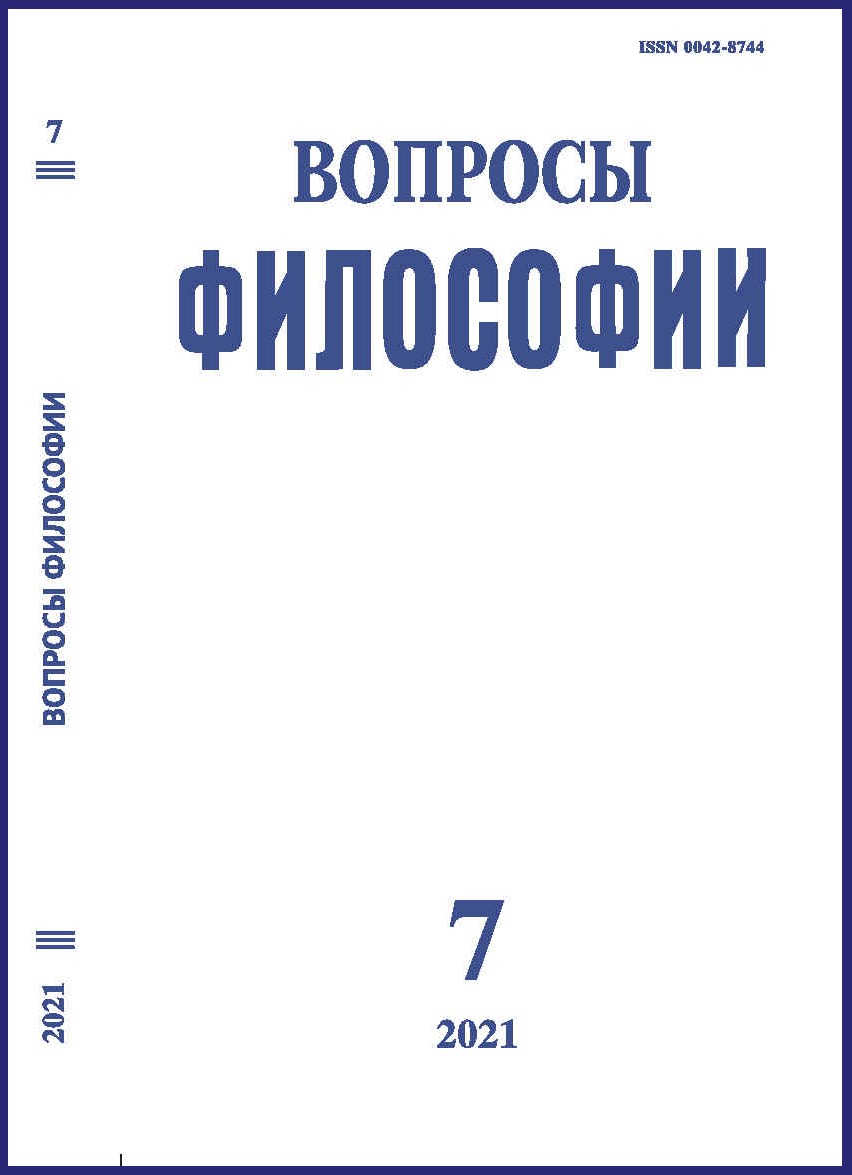History of Civilization in Russia: Organic Development versus Social Constructivism
DOI:
https://doi.org/10.21146/0042-8744-2021-7-17-26Keywords:
civilization, Russia, “new barbarism”, orthodoxy, Bolshevism, revolution, ideologyAbstract
The article is devoted to the problems of civilizational analysis of Russian history. The author shows, that the “civilizational method” is not at all a panacea for ideologized unprofessionalism and a guarantee of scientific correctness. The major authors in the field of Russian history avoided using the concept of “civilization”, and spoke either about Russian state (Karamzin, S. Solovyov), or about Russian people(Polevoy), or about Slavic cultural and historical type (Danilevsky). This proves that operating with the philosophically rich concept of “civilization” is fraught with its own limitations and costs, in addition to the temptations and some analytical advantages. The author believes that when using the concept of “Russian civilization”, it is necessary to take into account the presence in our culture of a large layer of “ironic literature” on the topic of excessive generalizations: “History of the Village Goryukhino” by Pushkin, “History of the city [Glupov]” by Saltykov-Shchedrin, “History of the Village Brehov” by Mozhaev, etc. The author, relying on the typology of civilizations by A. Toynbee, N. Berdyaev and his own developments (since the 1980s), believes that the civilizational process in Russia took place, firstly, in the mode of “continuity through catastrophes”, and, secondly, it took place not only in confrontation with other civilizations, but also in a struggle with its own, internal “barbarism”.

